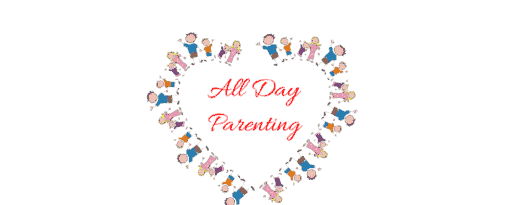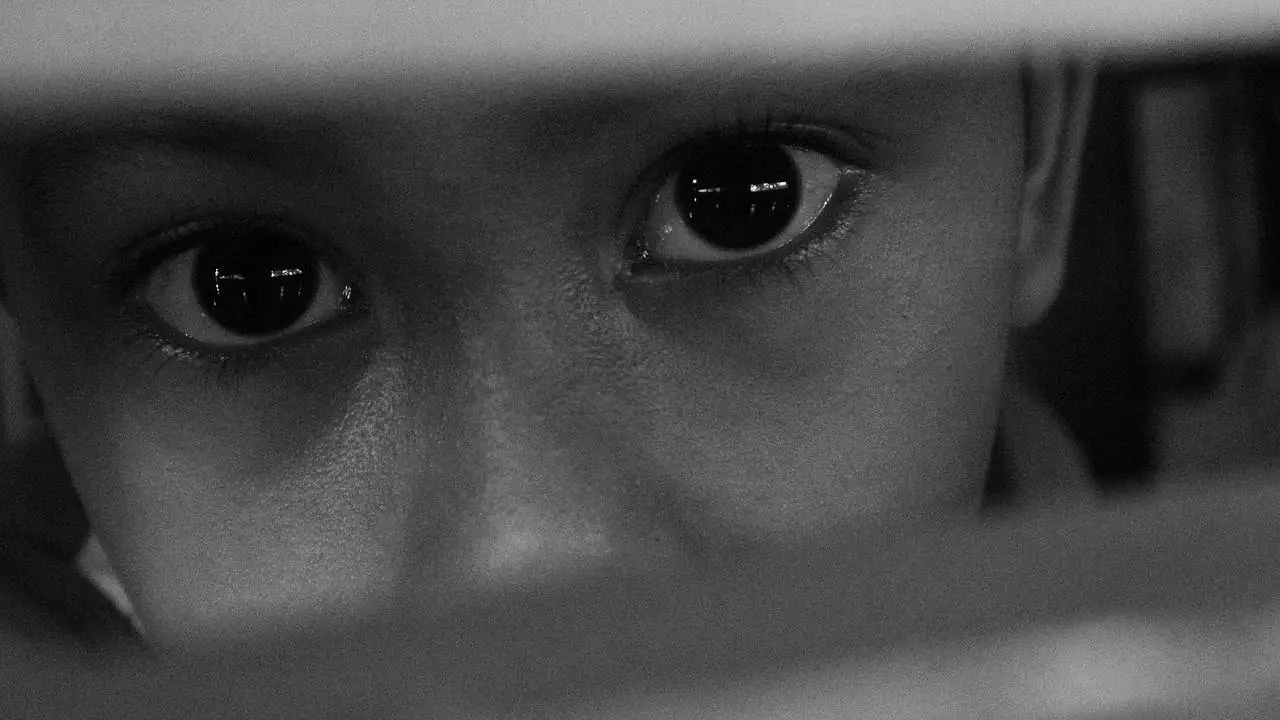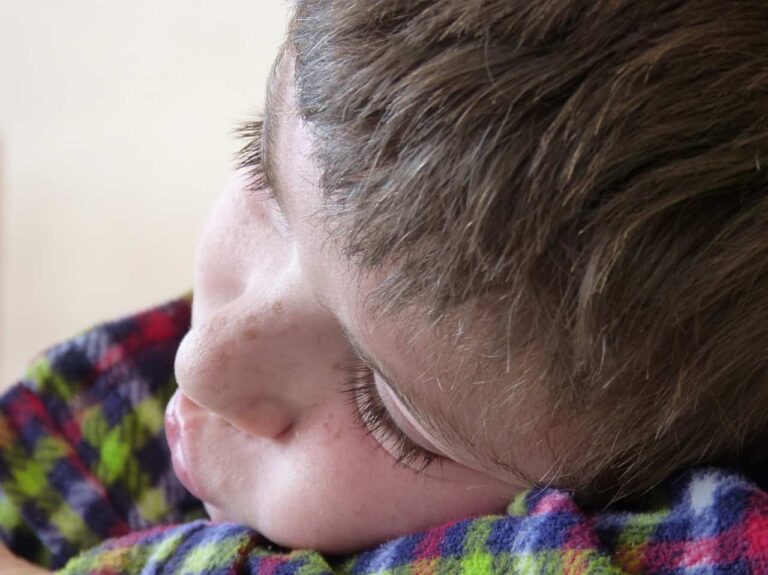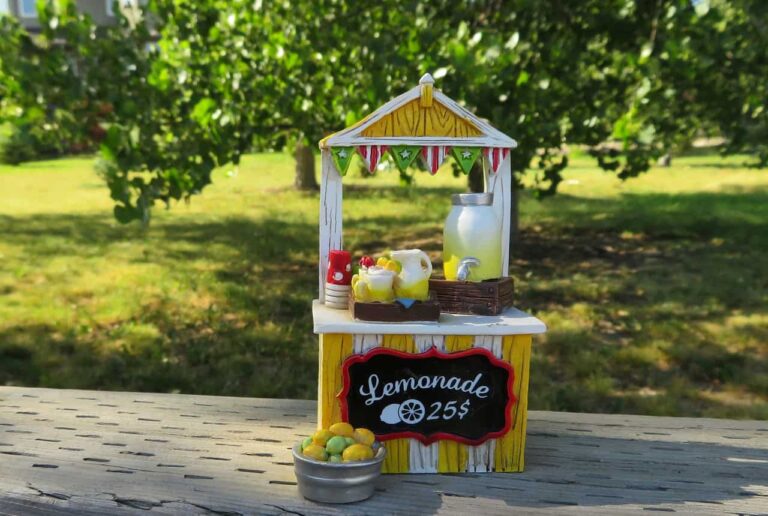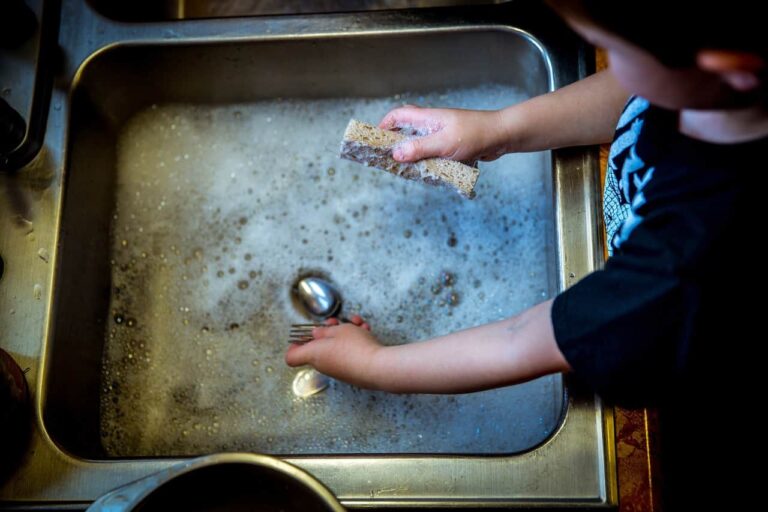What is Imminent Danger to a Child: How to Spot Potential Abuse
It’s hard to talk about the harm and death of children. It’s a subject not a lot of parents want to open up about. And even if parents are interested in sharing their knowledge, not a lot will want to engage.
But parents should be aware of the dangers that surround their kids. In the US, 1 out of 7 children has experienced some form of abuse and neglect. And a staggering 76% of child abuse perpetrators are the kids’ own parents.
It’s a scary thought to know. Fortunately, adults can step in to save the life of a child. If you suspect someone is potentially harming a minor, you can do your part to help them,
What is Imminent Danger to a Child
To understand the phrase ‘imminent danger,’ we’ll need to look at the Child Protective Services Handbook.
According to CPS Definition from 2020, imminent danger refers to the immediate threat to a child. This can be physical or sexual.
While the definition sounds clean-cut, seeing imminent danger can be tricky to spot. For example, corporal punishment, such as spanking, is still legal in certain states. However, the court can also consider the severity of the punishment, and perpetrators can be liable to ‘excessive corporal punishment.’
Examples of Imminent Dangers
Imminent danger can result in the abuse of children. These examples can potentially traumatize kids in the long term. They can also lead to bodily harm that can impact a child’s future.
Do know that abuse does not happen only at home. Children can be abused at school or friends’ residences. Here are some things that are considered imminent danger and abuse to children:
The Use of Violent Corporal Punishment
As stated before, some states don’t ban the use of corporal punishment, such as spanking. However, laws are changing. Punishments, such as using belts, wooden spoons, and shoes, are being outlawed. Also, if the child becomes injured from corporal punishment, then it’s child abuse.
Domestic Abuse
Children can experience imminent danger when living in an abusive household. Both mother and father can be perpetrators of domestic violence. Asides from potential abuse, domestic violence also meet the criteria of child neglect.
Sexual contact and misconduct
Any form of sexual activity done on a minor is illegal, with no exemptions. Any form of sexual contact is reportable and punishable.
Exposure to Drugs and Substances
Children living with parents who use drugs are in imminent danger. There is a possibility of neglect to kids who are living with drug users and pushers. Drugs and substance abuse can also lead to other forms of abuse, such as violence.
Children Receiving Poor Care
Cases like these are not immediately considered as imminent danger. Often, poor care can be attributed to poverty and is not quickly considered child abuse or neglect. However, combining poor care with other problems like substance or domestic abuse can be grounds for reporting.
How Can I Report to Child Protective Services?
Fortunately, you can help victims who are living in abusive households. CPS is a government agency that can help neglected and mistreated children.
In the US, you can call 1-800-422-2253. This is the ChildHelp National Child Abuse Hotline, which is open 24/7.
You can also check out the State Child Abuse and Neglect Reporting Numbers. This list can help you look for services that are available in your state.
Right now, abuse is still widespread, not only in the US but in other nations. It is also hard to trace, verify, and save every child in the country. However, by doing your part, you can help lower the number every year.
What if My Child is in Imminent Danger
Your child can also be the victim of abuse. The abuser can be a friend, a relative, a teacher, or a stranger. The world is a tough place to live in, and your child can become the target of predators.
However, you can do something to lessen or avoid these scenarios. You can do the following:
Communicating with your Child
Children rarely lie if they are talking about abuse. If you sense something is wrong, you should be able to talk about it with your child. Communication can help you discover if something bad happened and if someone had mistreated your kid.
Keeping an Eye Out for Your Kid
Potential predators are just around the corner. While it’s good to give your child independence, there is nothing wrong with being vigilant. Always keep an eye out on your child, including their whereabouts and who they are with.
Seeking Help and Counseling
Finally, if you suspect you are unstable to care for your child, seek therapy and counseling. There is nothing wrong if you need some help mentally and emotionally. Some guidance can make you a better person and parent.
Conclusion
Imminent danger of a child can occur at any time and anywhere. There is a chance that the kid you see every day actually goes home to an abusive household.
Imminent danger can lead to harmful effects on a child. Often, they can have long-term consequences on their physical, mental, social, and sexual health.
Many children live in places that can bring immediate harm. Parents who are in abusive relationships, use illegal substances, and use corporal punishment can harm children.
Fortunately, you can do your part to stop this cycle of abuse. Child protective services are available in different states. If you think you know somebody who is a potential victim, you can easily call the hotline today.
Your child can also be the victim of abuse by different predators around them. But you can do something to either prevent or save your child from these situations. Open communication and trust is the key to helping a child in need.
Child abuse is a taboo and touchy subject that not a lot of parents want to discuss. But it’s an important topic that deserves to be recognized by others, especially by family members. The sooner adults acknowledge it, the sooner it can be abolished.
